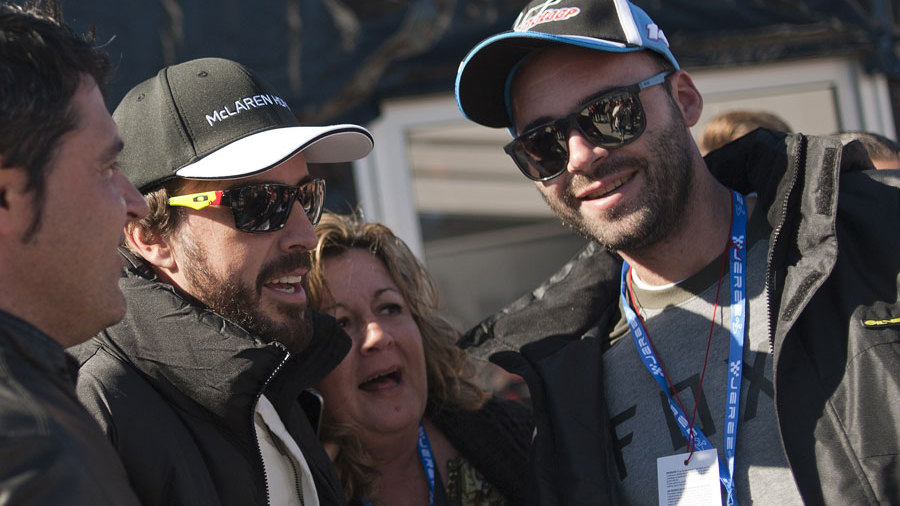

Trying to explain a winter test to someone who's never worked one isn't the easiest of tasks.
On the one hand, the excitement of seeing that year's cars in the flesh for the first time and the chance to hear and see F1 cars in their natural habitat is a privilege. But on the other hand, getting to a circuit before sunrise to watch people pull sheets off objects isn't the most pleasant thing to do in the February chill.
That dichotomy sums up testing. There's a lot of excitement and anticipation, but there's also a lot of time spent waiting around, of trying to make stories out of best guesses at running information the teams don't want to reveal.
What fans and media often forget, however, is that testing isn't for us. Testing is for the teams, and the fact that the rest of the world is interested in monitoring their activities doesn't alter that.
F1 dialogue often meanders in the general direction of The Show: is it good enough? how can we improve it? why is no one watching now it costs an arm and a leg to do so? And so on, and so on, and so on.
But what testing does is point out the way in which much of this discussion about The Show - about Formula One as a means of entertainment - is actually rubbish.
Testing is not exciting to watch. It's like an extended slow-mo FP1 with install laps and dead track and the odd red flag. An exciting session sees drivers go round and around and around like clockwork. Nico Rosberg's 157 laps on the first day in Jerez were an incredibly impressive feat, but metronomic precision isn't the stuff of nail-biting drama.
Despite the lack of thrills and spills on offer, however, there was a traffic jam on the way to the circuit at 7am. Throughout the day, more and more fans piled into the grandstands and along the grassy areas till we joked that there were more fans in Jerez for testing than there had been in Hockenheim for the 2014 grand prix. It wasn't much of a joke…
But what makes testing so appealing as a means of accessing F1 is the cost. Tickets hover around the €20 mark, although prices vary between circuits. For ten or €20 more, fans can buy genuine paddock access that allows them tours of the press room and the chance to peer into the team hospitality units and photograph drivers as they move from garage to motor home and back again.
Testing provides fans with better access to Formula One than the most expensive ticket at a grand prix, and does so for the cost of a meal for one in a mid-range restaurant. As a result, those with the nous make their way to the circuits of Spain in February to see the cars in the flesh, and then spend the rest of the season following the F1 circus from the comfort of home, where it's always the best seat in the house and the financial outlay is minimal.
If you price it reasonably, they will come. If you don't? Hockenheim.
